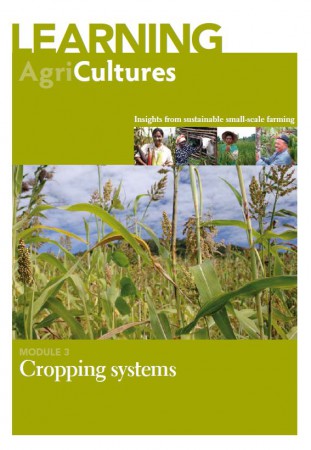Plants – crop wild relative, a set by Arthur Chapman on Flickr.
“Plants either used for food and agriculture or relatives of species that are so used. Includes images of plant species taken in fruit and vegetable markets around the world.”
Agricultural Biodiversity Weblog
Agrobiodiversity is crops, livestock, foodways, microbes, pollinators, wild relatives …
Plants – crop wild relative, a set by Arthur Chapman on Flickr.
“Plants either used for food and agriculture or relatives of species that are so used. Includes images of plant species taken in fruit and vegetable markets around the world.”
Who knew crop wild relatives could be so beautiful?
Wonder what this hillside looks like now…
 AgriCultures Network has a couple more modules in its Learning AgriCultures series up on the website, on “Labour and energy” and “Markets and finance” for small-scale farmers. Module 3 is the one with the discussion of agrobiodiversity.
AgriCultures Network has a couple more modules in its Learning AgriCultures series up on the website, on “Labour and energy” and “Markets and finance” for small-scale farmers. Module 3 is the one with the discussion of agrobiodiversity.
From the Department of Deafening Reports: 1
IFPRI wraps up its conference on Leveraging Agriculture for Improving Nutrition and Health with an “initial draft synthesis of its conclusions,” described by IFPRI DG Shenggen Fan as a “living document, subject to further debate”. So what are you waiting for? Get on over there and subject it to further debate.
Not to be outdone, the World Bank has released Agriculture and development: a brief review of the literature, a Policy Research Working Paper. Here’s the Abstract:
After 20 years of neglect by international donors, agriculture is now again in the headlines because higher food prices are increasing food insecurity and poverty. In the coming years it will be essential to increase food productivity and production in developing countries, especially in Sub-Saharan Africa and with smallholders. This however requires finding viable solutions to a number of complex technical, institutional and policy issues including land markets, research on seeds and inputs; agricultural extension; credit; rural infrastructure; storage; connection to markets; rural nonfarm employment and food price stabilization. This paper reviews what the economic literature has to say on these topics. It discusses in turn the role played by agriculture in the development process and the interactions between agriculture and other economic sectors; the determinants of the Green Revolution and discuss the foundations of agricultural growth; issues of income diversification by farmers; approaches to rural development; and finally issues of international trade policy and food security which are at the root of the crisis in agricultural commodity volatility in the past few years.